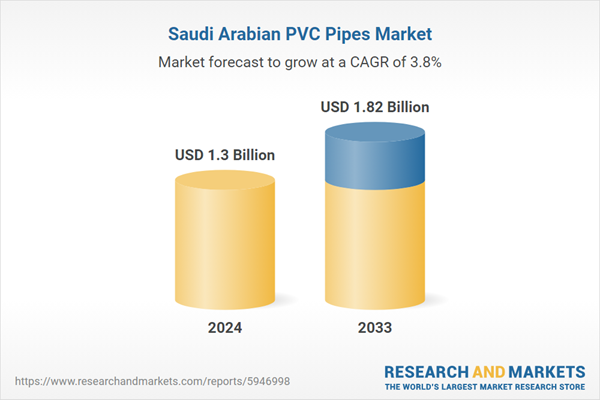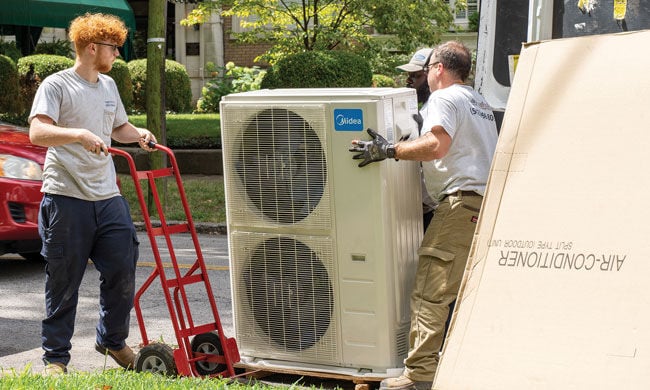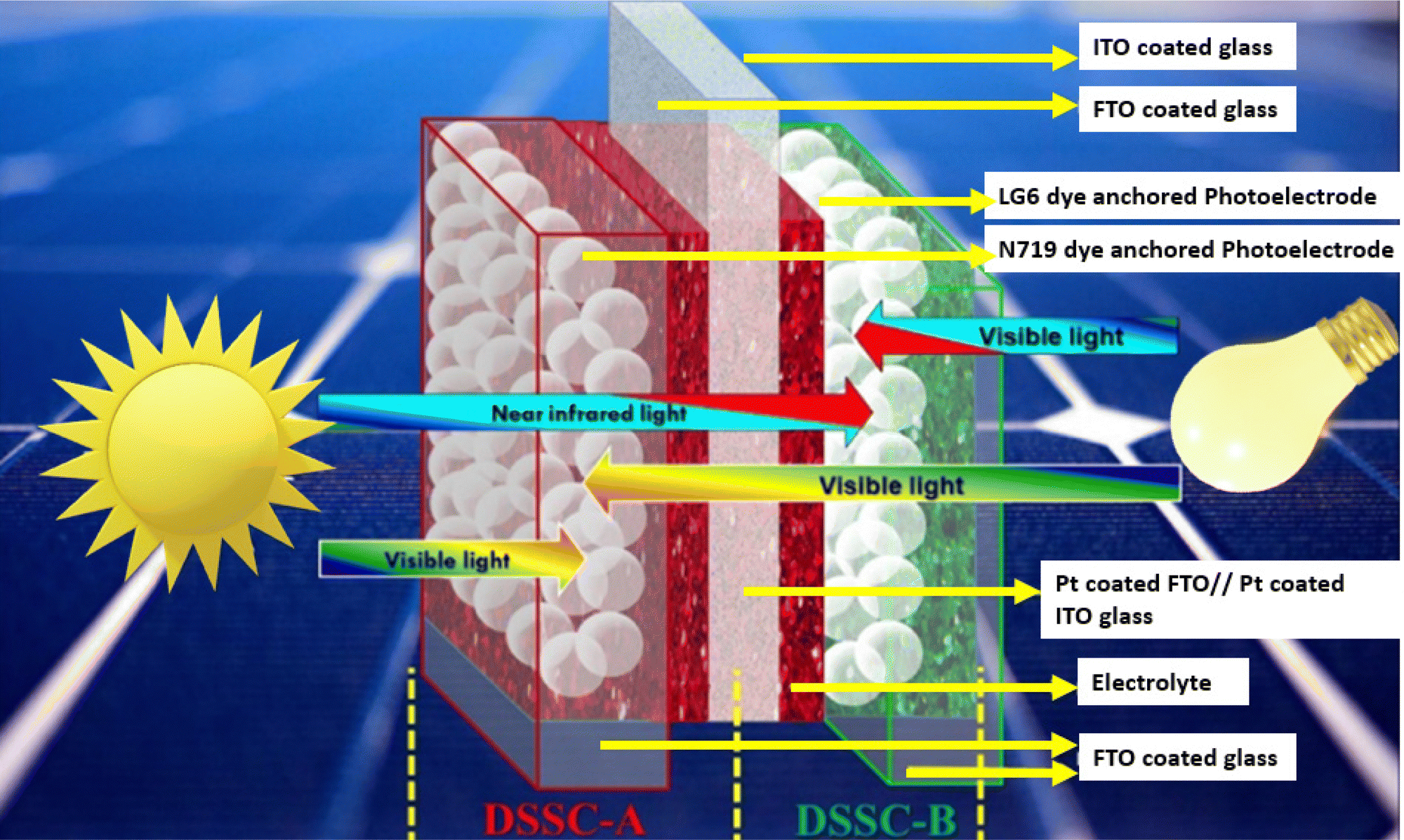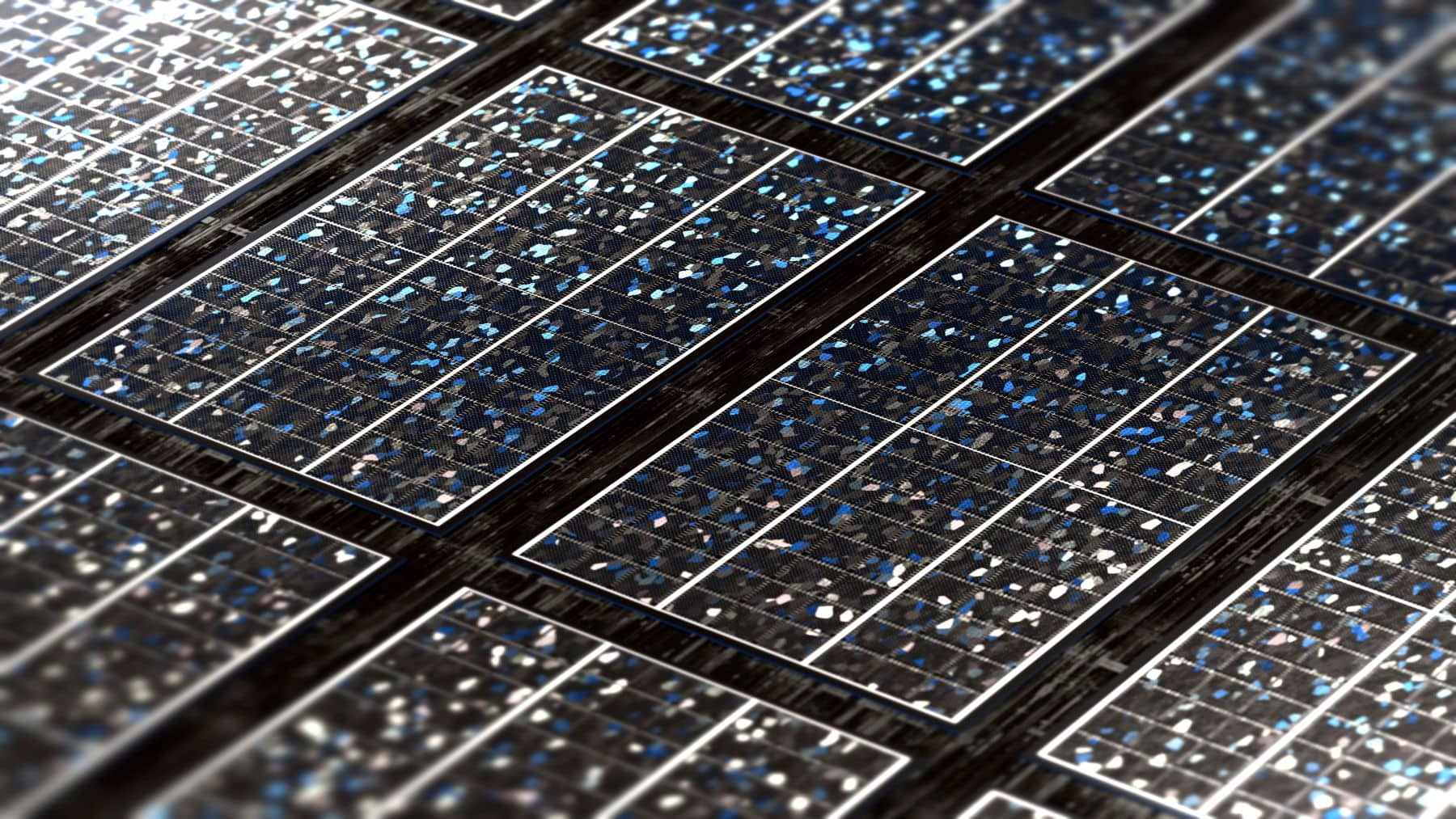China’s energy dominance in three charts – MIT Technology Review

Report on Global Clean Energy Leadership and Implications for Sustainable Development Goals
Executive Summary
This report analyzes the current global landscape of next-generation energy technologies, highlighting the dominant position of China and the contrasting policy direction of the United States. These divergent paths have significant implications for the global pursuit of the Sustainable Development Goals (SDGs), particularly SDG 7 (Affordable and Clean Energy), SDG 9 (Industry, Innovation, and Infrastructure), SDG 11 (Sustainable Cities and Communities), and SDG 13 (Climate Action). China’s substantial investments are accelerating progress towards these goals, while recent U.S. policy changes risk impeding both national and global momentum.
China’s Acceleration of SDG 7 and SDG 13
China has established a commanding lead in the deployment of renewable energy, directly contributing to the targets of SDG 7 and SDG 13. The nation’s investment in wind and solar power is transforming its energy grid and setting global benchmarks.
- Solar Capacity: China achieved nearly 900 gigawatts (GW) of installed solar capacity by the end of 2024.
- Rapid Installation: An additional 198 GW was installed between January and May 2025, an amount more than double the entire grid capacity of California.
- Nuclear Power: The country is also outspending the rest of the world in nuclear power development, further diversifying its low-carbon energy portfolio.
In contrast, recent U.S. legislation cutting credits and loans for clean energy is projected to slow the addition of new solar and wind capacity. This is particularly critical as renewables were expected to constitute over 80% of new U.S. electricity capacity additions in 2025, jeopardizing progress towards national and global climate targets.
Sustainable Infrastructure and Industry: A Tale of Two Approaches (SDG 9 & SDG 11)
The development of sustainable infrastructure and advanced industrial capacity, central to SDG 9, is another area of Chinese leadership, most notably in the electric vehicle (EV) sector. This progress also supports SDG 11 by promoting sustainable transport systems.
- Domestic EV Market: China is approaching a milestone where over half of all new vehicles sold are electric, a mark already surpassed in a single month.
- Global Manufacturing Hub: As of 2024, Chinese manufacturers built over 70% of the electric and plug-in hybrid vehicles on roads worldwide.
- Advanced Technology: Legacy automakers acknowledge China’s superior in-vehicle technology and competitive pricing, highlighting the country’s advanced manufacturing capabilities.
The U.S. had briefly overtaken China in battery investment, a key component of the infrastructure for SDG 9 and SDG 7. However, new policy shifts may reverse this progress, potentially cementing China’s role as the primary hub for battery manufacturing and innovation.
Economic and Strategic Implications for Global Goals
The divergence in energy policy carries profound economic consequences related to SDG 8 (Decent Work and Economic Growth) and SDG 17 (Partnerships for the Goals). China’s strategy has been transformational for its economy, establishing it as a leader in the industries of the future.
- Sustained Investment: China tripled its investment in renewable power between 2015 and 2025, alongside significant spending on grids and energy efficiency.
- U.S. Competitiveness: Experts argue that the U.S. is at risk of surrendering its leadership and ability to develop key energy technologies, which is crucial for future prosperity and economic growth.
Ultimately, the data indicates that China is the current global leader in the clean energy transition. This progress is vital for achieving the SDGs, but a lack of commensurate commitment from other major economies like the United States could undermine the collective global effort required to address climate change and ensure a sustainable future for all.
SDGs Addressed in the Article
-
SDG 7: Affordable and Clean Energy
- The article extensively discusses China’s massive investment and installation of renewable energy sources, specifically wind and solar power. It highlights China’s goal to put “renewable sources like wind and solar on its grid.”
- It also mentions other clean energy technologies like nuclear power and energy storage, which are central to ensuring access to affordable, reliable, and modern energy.
-
SDG 9: Industry, Innovation, and Infrastructure
- The article focuses on China’s dominance in “next-generation energy technologies” and “advanced manufacturing.” This includes manufacturing electric vehicles, batteries, and components for renewable energy systems.
- It discusses building out infrastructure such as energy grids and capacity for energy storage, which is crucial for supporting industrialization and innovation.
- The comparison between US and Chinese investment in battery manufacturing and innovation directly relates to building resilient infrastructure and fostering innovation.
-
SDG 11: Sustainable Cities and Communities
- The article’s focus on the boom in China’s Electric Vehicle (EV) market is directly linked to making transport systems more sustainable. It notes that China is “nearing the point where over half of all new vehicles sold in the country are electric.”
- Sustainable transport is a key component of creating sustainable cities and reducing urban pollution.
-
SDG 13: Climate Action
- The entire article is framed within the context of climate technology and the global energy transition. The development and deployment of clean energy (solar, wind, nuclear) and EVs are primary strategies to combat climate change and its impacts.
- It contrasts the national policies of China and the US regarding support for clean energy, which are fundamental to integrating climate change measures into national planning.
-
SDG 17: Partnerships for the Goals
- The article discusses the global dynamics of clean energy, framing it as a “global competition with China.” It details international financial flows, such as China’s “hundreds of billions of dollars” in investment and the US cutting “hundreds of billions in credits, grants, and loans.”
- It also mentions the export of technology, noting that China exports EVs “globally, with customers including established markets like Europe and growing ones like India and Brazil,” which relates to the transfer of environmentally sound technologies.
Specific SDG Targets Identified
-
Target 7.2: Increase substantially the share of renewable energy in the global energy mix.
- The article provides direct evidence of China’s efforts towards this target, stating, “China is on an absolute tear installing wind and solar power. The country reached nearly 900 gigawatts of installed capacity for solar at the end of 2024.”
-
Target 7.a: Enhance international cooperation to facilitate access to clean energy research and technology… and promote investment in energy infrastructure and clean energy technology.
- The article highlights the scale of investment, noting China is “pouring hundreds of billions of dollars” into renewables and has “tripled its investment in renewable power from 2015 to 2025.” It contrasts this with the US policy shift, which “just cut hundreds of billions in credits, grants, and loans for clean energy technologies,” illustrating the critical role of financial flows and policy in promoting clean energy technology.
-
Target 9.4: Upgrade infrastructure and retrofit industries to make them sustainable, with increased… adoption of clean and environmentally sound technologies.
- This is demonstrated by China’s focus on “manufacturing millions of electric vehicles, and building out capacity for energy storage, nuclear power, and more.” The article also mentions Ford’s CEO acknowledging that China has “far superior in-vehicle technology,” pointing to the adoption of advanced, clean technologies in industry.
-
Target 11.2: Provide access to safe, affordable, accessible and sustainable transport systems for all.
- The article’s discussion of China’s booming EV market directly addresses this target. It mentions that China is approaching the milestone where “over half of all new vehicles sold in the country are electric,” indicating a significant shift towards a sustainable transport system.
-
Target 17.7: Promote the development, transfer, dissemination and diffusion of environmentally sound technologies.
- The article states that China is not just selling EVs domestically but “exports them globally.” It specifies that “more than 70% of electric and plug-in hybrid vehicles on roads around the world were built in China,” which is a clear example of the global diffusion of environmentally sound technology.
Indicators for Measuring Progress
-
Installed capacity of renewable energy.
- The article provides specific figures that can be used as indicators: “nearly 900 gigawatts of installed capacity for solar at the end of 2024” and “An additional 198 GW was installed between January and May.” These numbers directly measure the growth in renewable energy capacity.
-
Financial investment in clean energy.
- The article implies this indicator by mentioning the monetary values of investments and cuts: “pouring hundreds of billions of dollars” (China) and a bill that “just cut hundreds of billions in credits, grants, and loans” (US). The statement that China “tripled its investment in renewable power from 2015 to 2025” is a direct measure of financial flows.
-
Share of electric vehicles in total vehicle sales and global production.
- The article provides clear metrics: “nearing the point where over half of all new vehicles sold in the country are electric” and “more than 70% of electric and plug-in hybrid vehicles on roads around the world were built in China.” These percentages are direct indicators of the adoption of sustainable transport technology.
-
Share of renewables in new electricity capacity additions.
- This is implied for the US market when the article states that “Solar and battery storage alone are expected to make up over 80% of capacity additions in 2025.” This percentage serves as an indicator of the transition towards renewable energy sources in new infrastructure.
Summary Table: SDGs, Targets, and Indicators
| SDGs | Targets | Indicators |
|---|---|---|
| SDG 7: Affordable and Clean Energy | 7.2: Increase substantially the share of renewable energy in the global energy mix. | Installed renewable energy capacity (e.g., “nearly 900 gigawatts of installed capacity for solar”). |
| SDG 7: Affordable and Clean Energy | 7.a: Promote investment in energy infrastructure and clean energy technology. | Amount of financial investment in clean energy (e.g., “pouring hundreds of billions of dollars”; “tripled its investment”). |
| SDG 9: Industry, Innovation, and Infrastructure | 9.4: Upgrade infrastructure and industries for sustainability with clean technologies. | Investment in advanced manufacturing and technology (e.g., “manufacturing millions of electric vehicles,” “building out capacity for energy storage”). |
| SDG 11: Sustainable Cities and Communities | 11.2: Provide access to sustainable transport systems for all. | Share of electric vehicles in new vehicle sales (e.g., “over half of all new vehicles sold in the country are electric”). |
| SDG 13: Climate Action | 13.2: Integrate climate change measures into national policies, strategies and planning. | Implementation of national policies supporting or cutting funding for clean energy (e.g., China’s investment vs. US bill cutting credits). |
| SDG 17: Partnerships for the Goals | 17.7: Promote the development, transfer, and diffusion of environmentally sound technologies. | Share of global production and export of clean technologies (e.g., “more than 70% of electric and plug-in hybrid vehicles on roads around the world were built in China”). |
Source: technologyreview.com

What is Your Reaction?
 Like
0
Like
0
 Dislike
0
Dislike
0
 Love
0
Love
0
 Funny
0
Funny
0
 Angry
0
Angry
0
 Sad
0
Sad
0
 Wow
0
Wow
0
















































































